Arizona Wild Flowers
Pictures, Photos, Images
Descriptions, Information, Reviews.
Globe Chamomile, Oncosiphon piluliferum.
We Are Proud Of Our SafeSurf Rating!
Click On Any Of The Following Links By Amazon.Com
For Books, & Videos About Wildflowers Of Arizona & The Southwest USA. No Obligation!
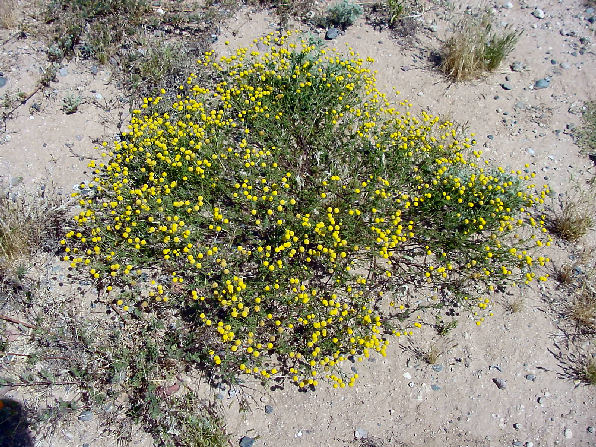 |
| Globe Chamomile, Oncosiphon piluliferum |
|---|
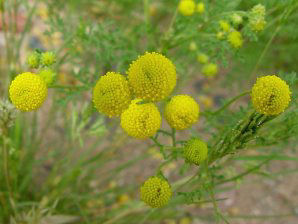 | |
| Globe Chamomile, Oncosiphon piluliferum. | Globe Chamomile, Oncosiphon piluliferum. |
|---|---|
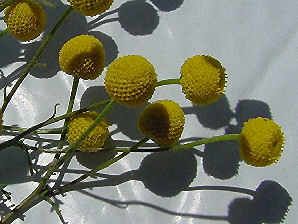 | 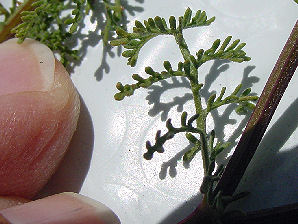 |
| Globe Chamomile, Oncosiphon piluliferum. | Globe Chamomile, Oncosiphon piluliferum. |
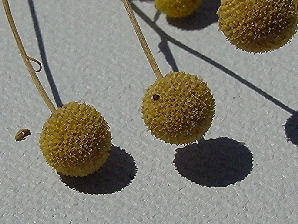 | 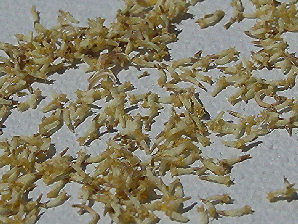 |
| Globe Chamomile, Oncosiphon piluliferum. | Globe Chamomile, Oncosiphon piluliferum. |
Globe Chamomile.
We wish to thank Wikipedia, the free encyclopedia for some of the information on this page. We share images and information with Wikipedia.
Quick Notes:
Height: Up To About 24" tall and usually less wide.
Flowers: Yellow, hemispherical, approximately 1/8" to 1/2� in diameter.
Flowering Time: Mid February - May.
Seeds: Pappus-bearing seed usually dispersed after the flowers senesce. Non-pappus-bearing seeds are retained in the seed head.
Leaves: The basal leaves are lyrate or pinnatifid, early deciduous, 2" wide to 9" long; middle and upper leaves are smaller becoming linear and entire.
Found: Native to the Cape region of South Africa. Found throughout the Sonoran and southern Mojave Deserts, southern Arizona, southeastern California.
Hardiness:
Soil pH requirements:
Sun Exposure:
Elevation: 800 - 3,500 Feet.
Habitat: Roadsides and other disturbed areas. Cities and Towns.
Miscellaneous: Flowering Photos Taken April 18, 2004 and February of 2003. Glendale, Arizona.
|
We Are Proud Of Our SafeSurf Rating!
Click On Any Of The Following Links By Amazon.Com
For Books, & Videos About Wildlife Of Arizona & The Southwest USA. No Obligation!
| © 1966 - Present, Audrey, Eve, & George DeLange |
